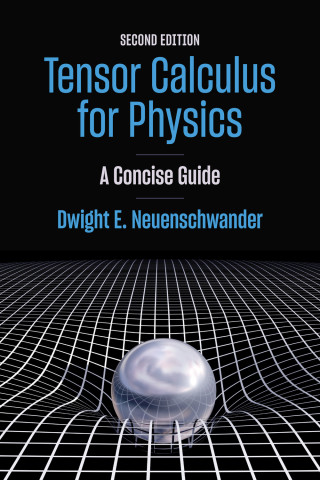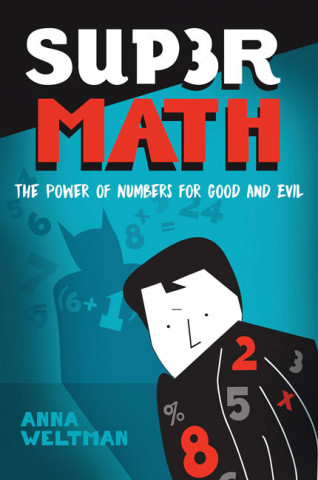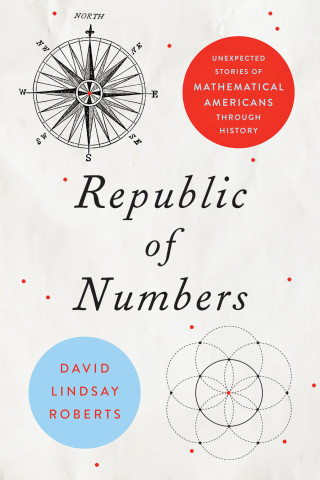
Reviews
Problems, solutions, and discussions of the formulas, methods and literature surrounding matrix computations make for a reference that is specific and well detailed: perfect for any college-level math collection appealing to engineers.
Written for scientists and engineers, Matrix Computations provides comprehensive coverage of numerical linear algebra. Anyone whose work requires the solution to a matrix problem and an appreciation of mathematical properties will find this book to be an indispensable tool.
A mine of insight and information and a provocation to thought; the annotated bibliographies are helpful to those wishing to explore further. One could not ask for more, and the book should be considered a resounding success.
Book Details
Preface
Global References
Other Books
Useful URLs
Common Notation
Chapter 1. Matrix Multiplication
1.1. Basic Algorithms and Notation
1.2. Structure and Efficiency
1.3. Block Matrices and Algorithms
1.4. Fast
Preface
Global References
Other Books
Useful URLs
Common Notation
Chapter 1. Matrix Multiplication
1.1. Basic Algorithms and Notation
1.2. Structure and Efficiency
1.3. Block Matrices and Algorithms
1.4. Fast Matrix-Vector Products
1.5. Vectorization and Locality
1.6. Parallel Matrix Multiplication
Chapter 2. Matrix Analysis
2.1. Basic Ideas from Linear Algebra
2.2. Vector Norms
2.3. Matrix Norms
2.4. The Singular Value Decomposition
2.5. Subspace Metrics
2.6. The Sensitivity of Square Systems
2.7. Finite Precision Matrix Computations
Chapter 3. General Linear Systems
3.1. Triangular Systems
3.2. The LU Factorization
3.3. Roundoff Error in Gaussian Elimination
3.4. Pivoting
3.5. Improving and Estimating Accuracy
3.6. Parallel LU
Chapter 4. Special Linear Systems
4.1. Diagonal Dominance and Symmetry
4.2. Positive Definite Systems
4.3. Banded Systems
4.4. Symmetric Indefinite Systems
4.5. Block Tridiagonal Systems
4.6. Vandermonde Systems
4.7. Classical Methods for Toeplitz Systems
4.8. Circulant and Discrete Poisson Systems
Chapter 5. Orthogonalization and Least Squares
5.1. Householder and Givens Transformations
5.2. The QR Factorization
5.3. The Full-Rank Least Squares Problem
5.4. Other Orthogonal Factorizations
5.5. The Rank-Deficient Least Squares Problem
5.6. Square and Underdetermined Systems
Chapter 6. Modified Least Squares Problems and Methods
6.1. Weighting and Regularization
6.2. Constrained Least Squares
6.3. Total Least Squares
6.4. Subspace Computations with the SVD
6.5. Updating Matrix Factorizations
Chapter 7. Unsymmetric Eigenvalue Problems
7.1. Properties and Decompositions
7.2. Perturbation Theory
7.3. Power Iterations
7.4. The Hessenberg and Real Schur Forms
7.5. The Practical QR Algorithm
7.6. Invariant Subspace Computations
7.7. The Generalized Eigenvalue Problem
7.8. Hamiltonian and Product Eigenvalue Problems
7.9. Pseudospectra
Chapter 8. Symmetric Eigenvalue Problems
8.1. Properties and Decompositions
8.2. Power Iterations
8.3. The Symmetric QR Algorithm
8.4. More Methods for Tridiagonal Problems
8.5. Jacobi Methods
8.6. Computing the SVD
8.7. Generalized Eigenvalue Problems with Symmetry
Chapter 9. Functions of Matrices
9.1. Eigenvalue Methods
9.2. Approximation Methods
9.3. The Matrix Exponential
9.4. The Sign, Square Root, and Log of a Matrix
Chapter 10. Large Sparse Eigenvalue Problems
10.1. The Symmetric Lanczos Process
10.2. Lanczos, Quadrature, and Approximation
10.3. Practical Lanczos Procedures
10.4. Large Sparse SVD Frameworks
10.5. Krylov Methods for Unsymmetric Problems
10.6. Jacobi-Davidson and Related Methods
Chapter 11. Large Sparse Linear System Problems
11.1. Direct Methods
11.2. The Classical Iterations
11.3. The Conjugate Gradient Method
11.4. Other Krylov Methods
11.5. Preconditioning
11.6. The Multigrid Framework
Chapter 12. Special Topics
12.1. Linear Systems with Displacement Structure
12.2. Structured-Rank Problems
12.3. Kronecker Product Computations
12.4. Tensor Unfoldings and Contractions
12.5. Tensor Decompositions and Iterations
Index





